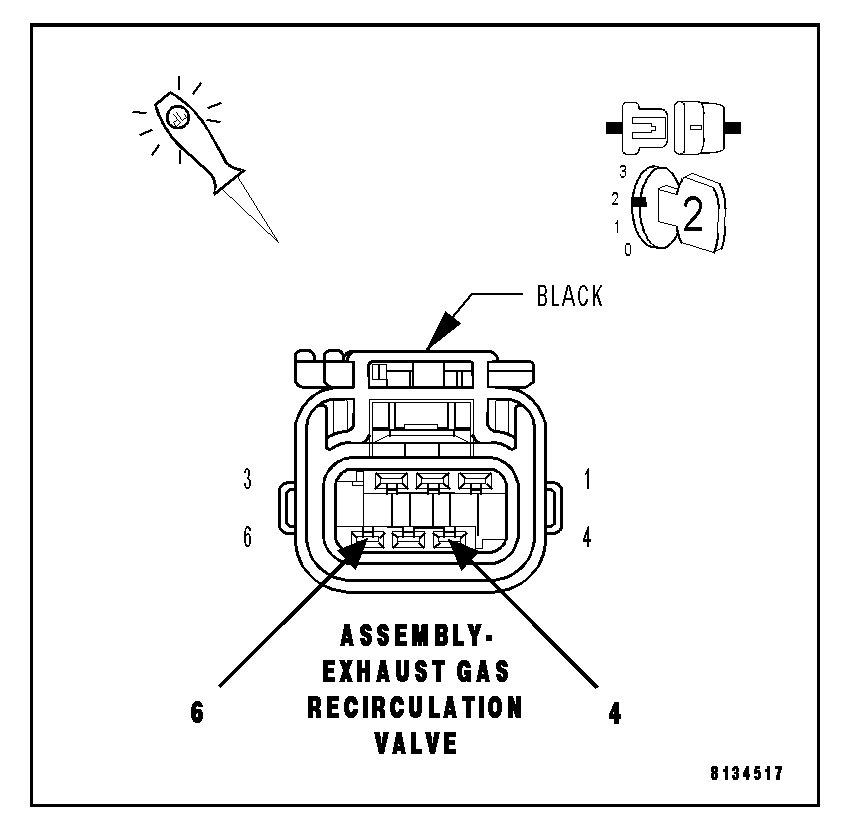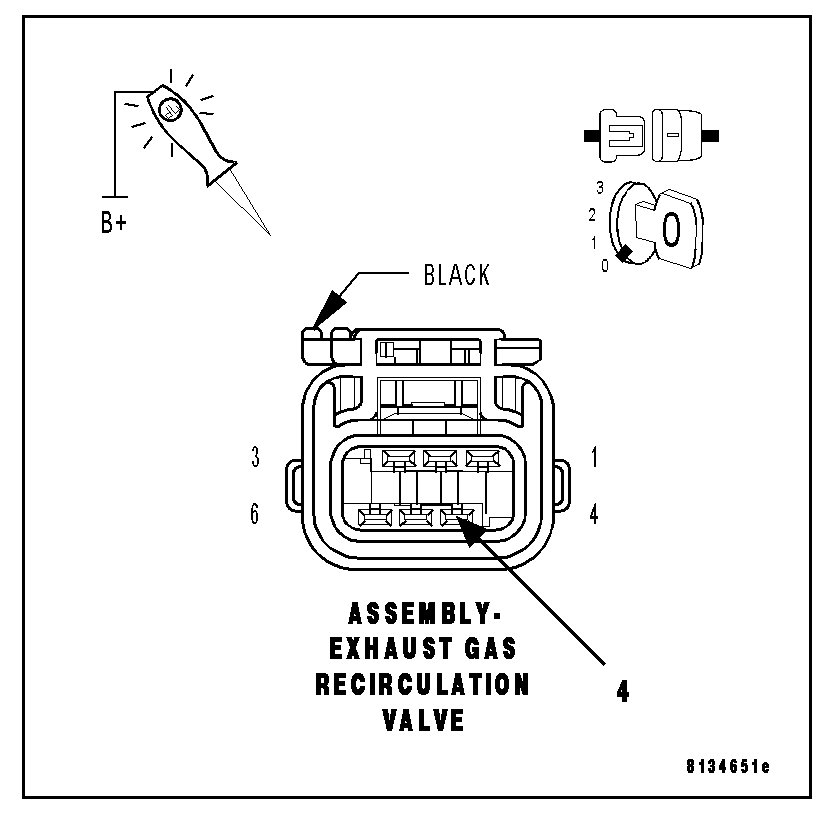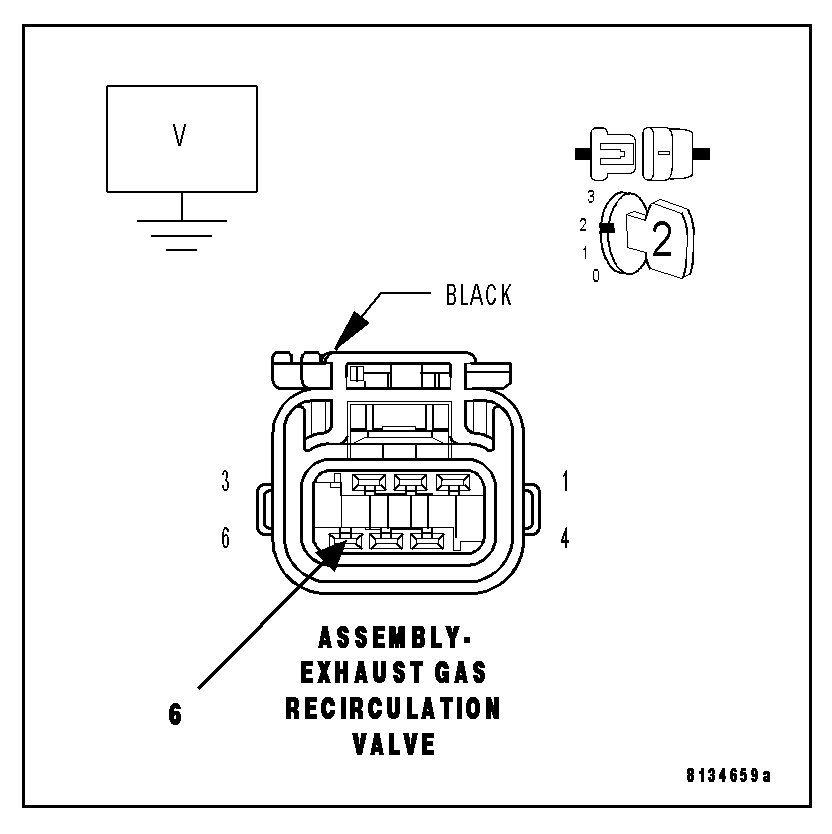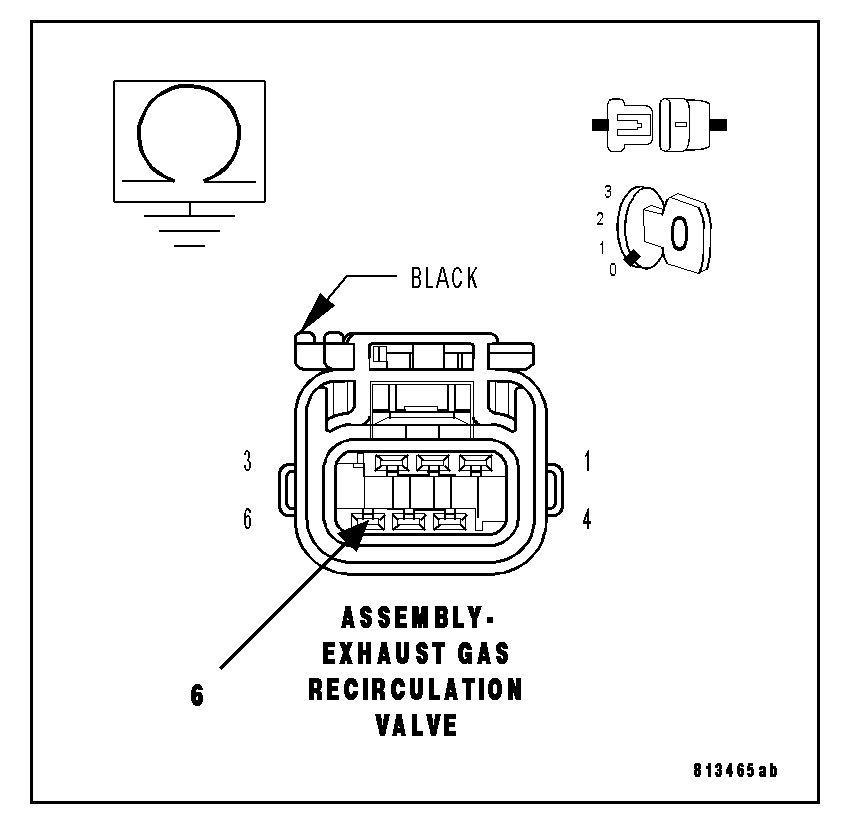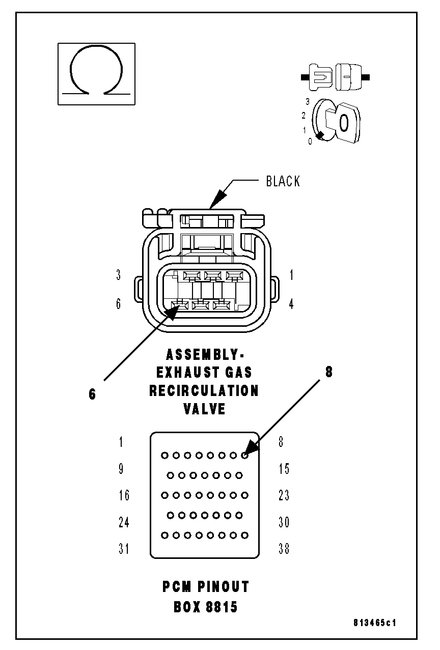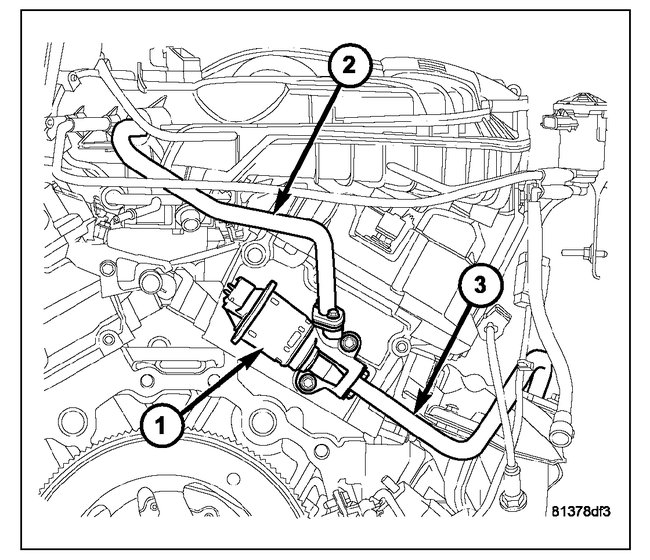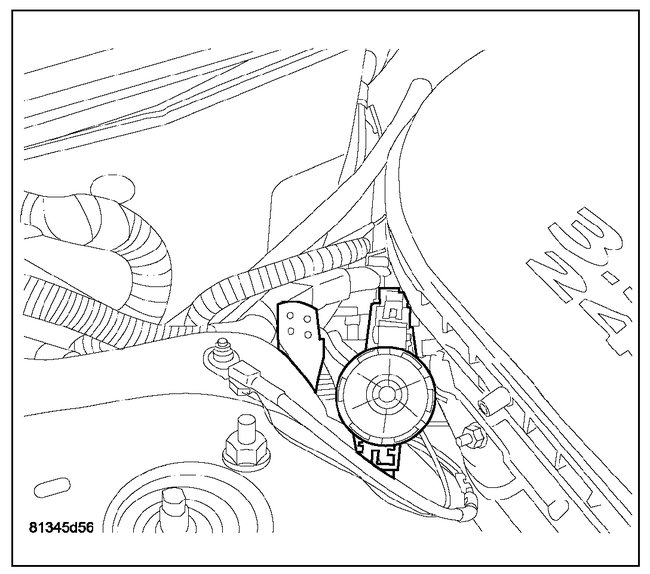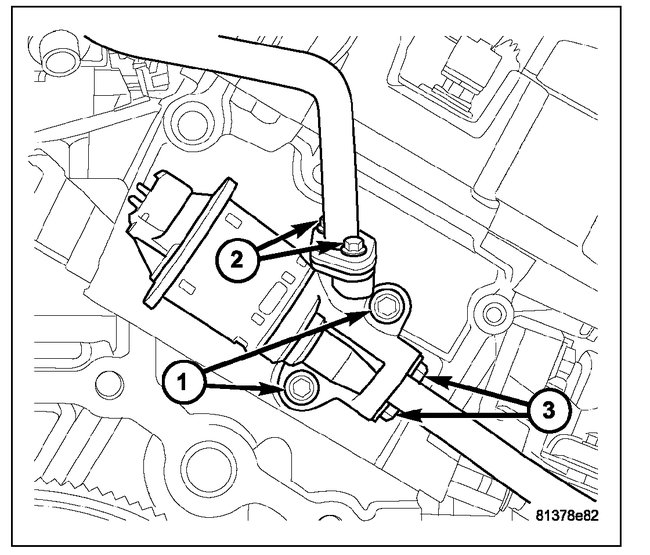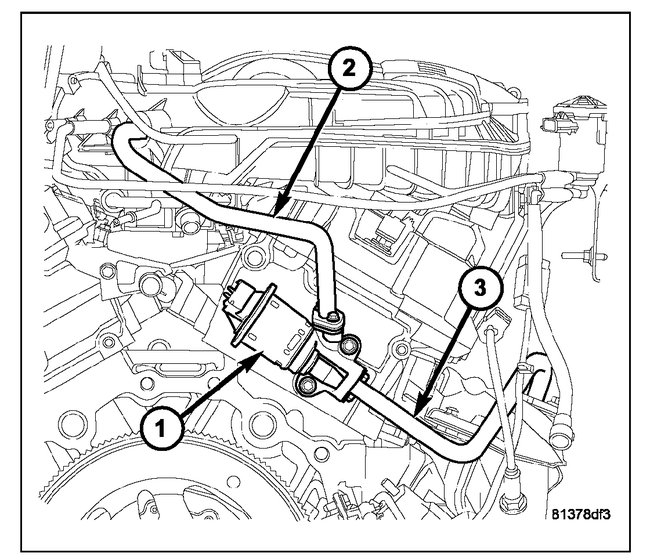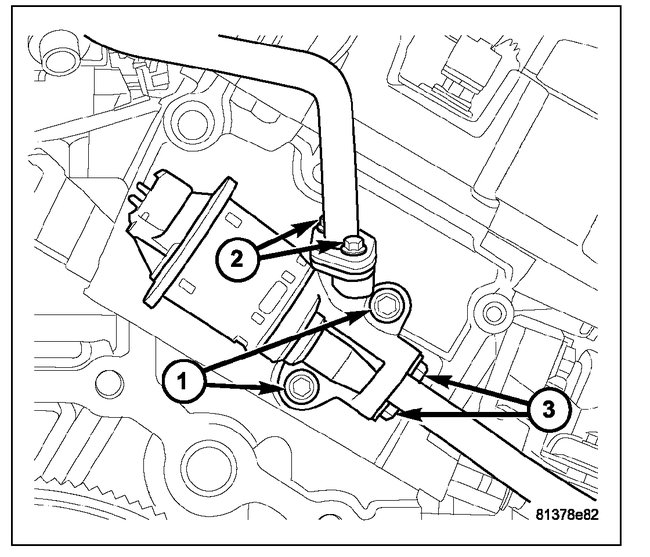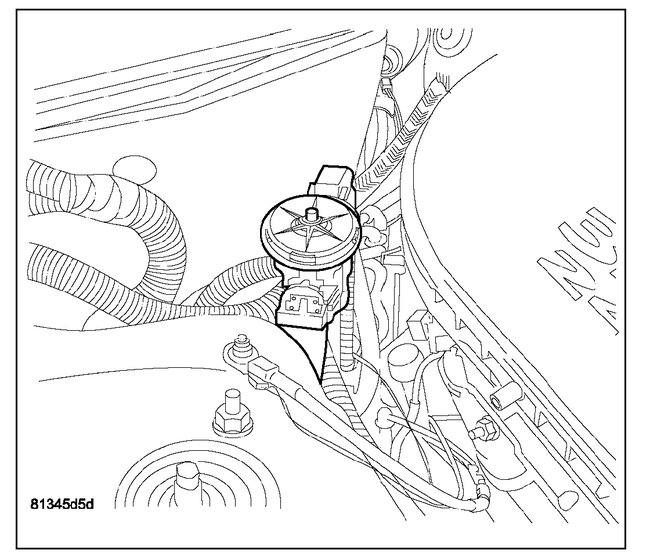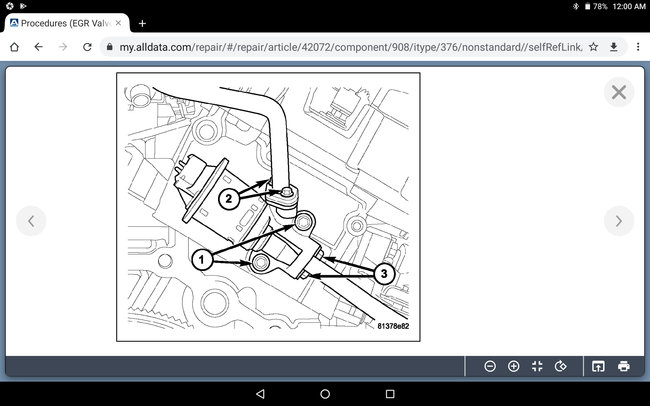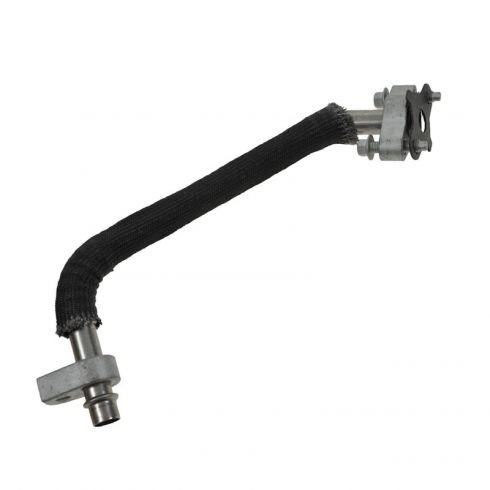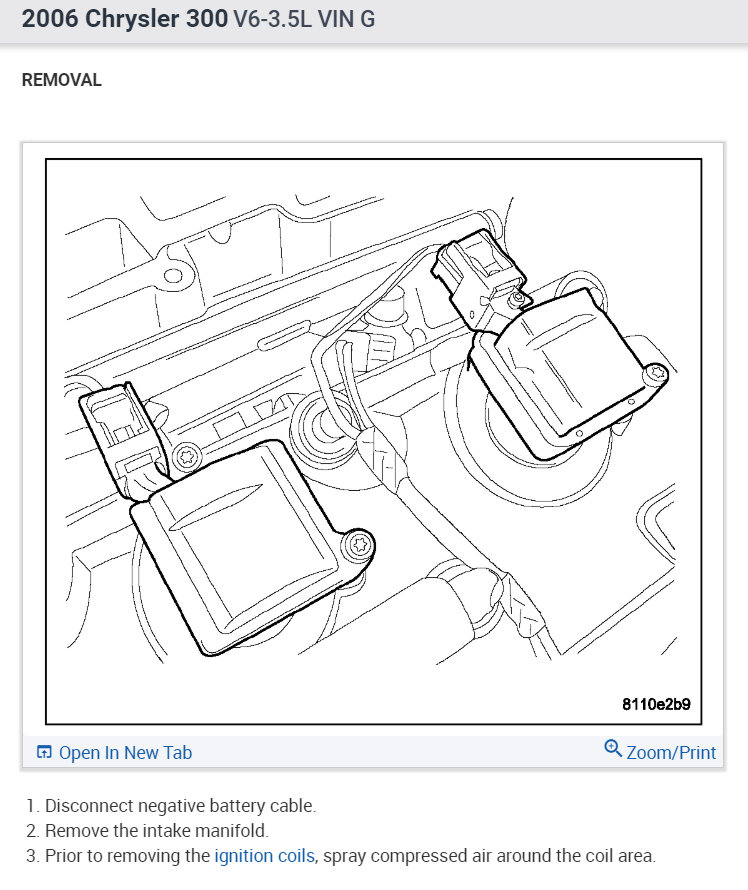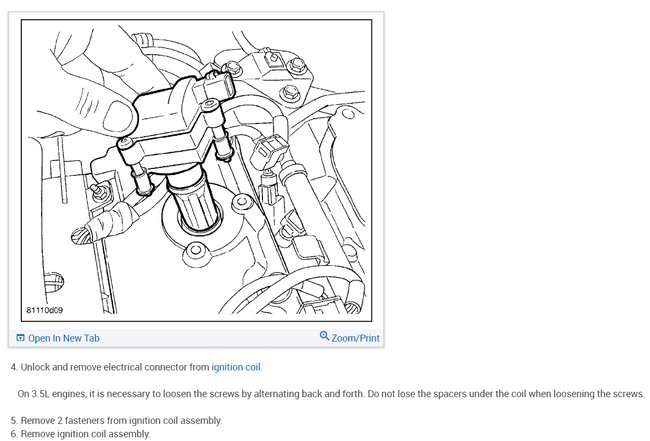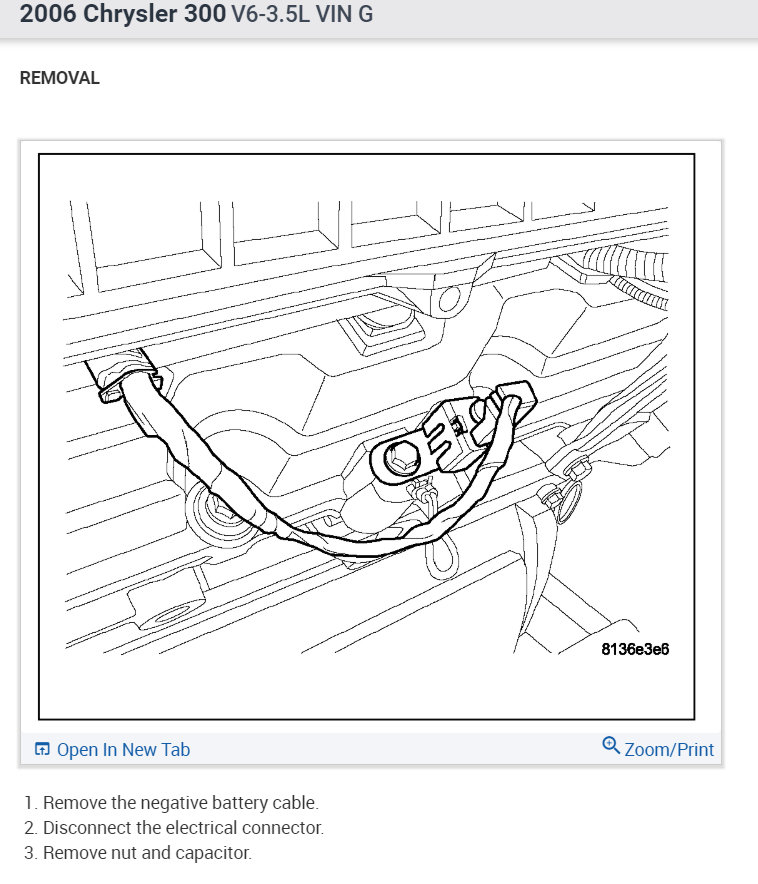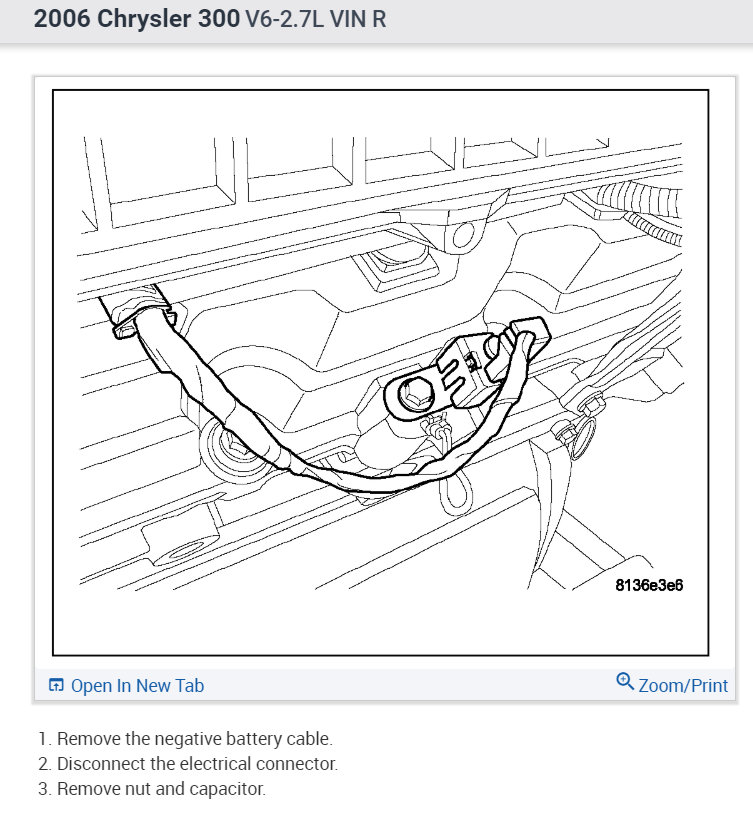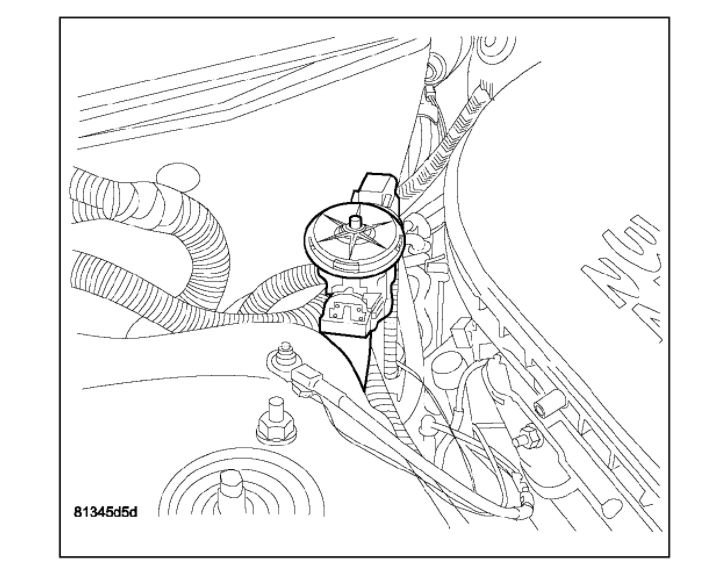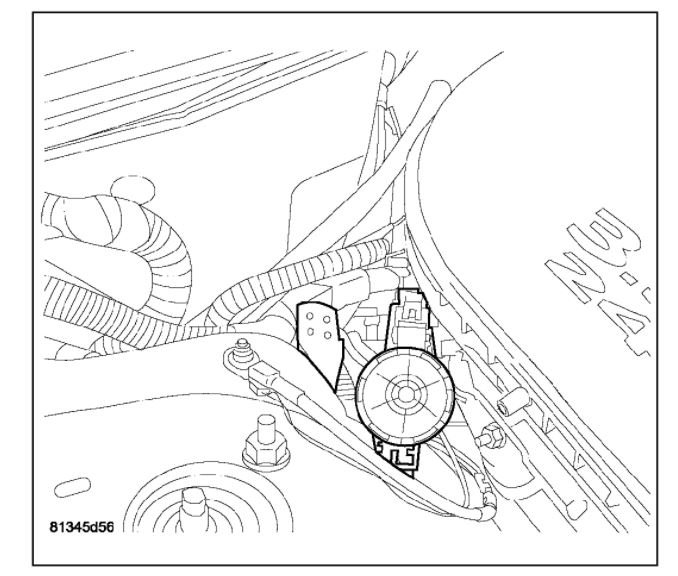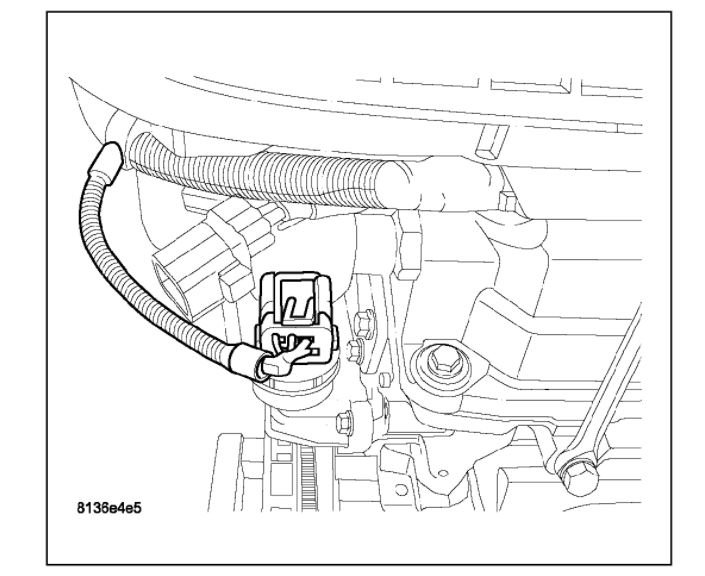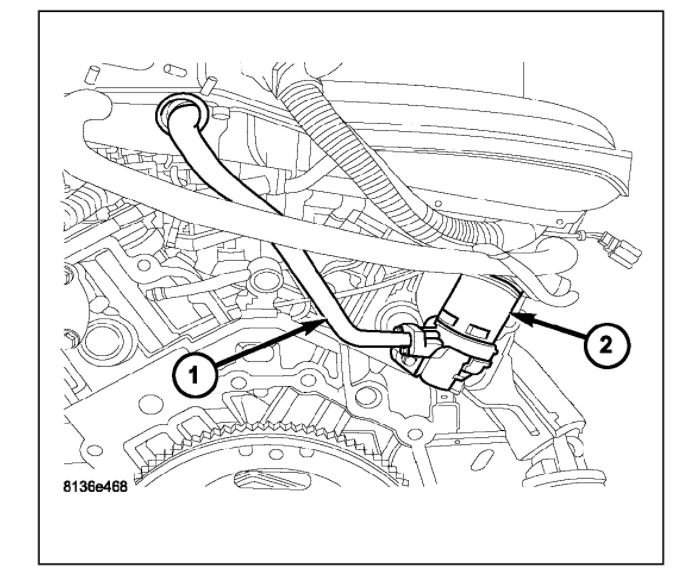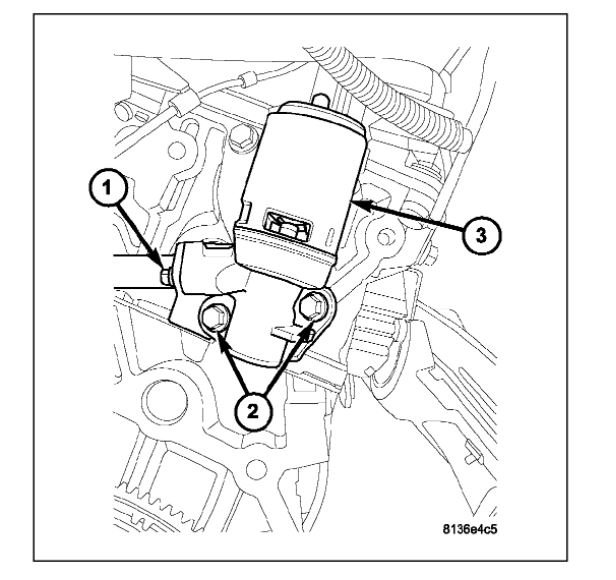Welcome back:
Okay, that deals only with the EGR. It is an electrical issue that can be caused by any of the following:
POSSIBLE CAUSES
- (Z904) EGR solenoid ground circuit open
- (K35) EGR solenoid control circuit shorted to battery voltage
- (K35) EGR solenoid control circuit shorted to ground
- (K35) EGR solenoid control circuit shorted to the (K900) sensor ground circuit
- (K35) EGR solenoid control circuit open
- EGR solenoid assembly
- PCM
_____________________________________
I don't know how comfortable checking things, but I am going to provide a diagnostic flow chart and links that show how to use the general tools that are required. Please don't be intimidated by the directions. If you have questions or need help, all you need to do is ask.
Here are the links:
https://www.2carpros.com/articles/how-to-use-a-test-light-circuit-tester
https://www.2carpros.com/articles/how-to-use-a-voltmeter
https://www.2carpros.com/articles/how-to-check-wiring
Here are the diagnostics:
_____________________________________
Diagnostic test/you already did this and know the code is present. Jump to #2
1. ACTIVE DTC
Ignition on, engine not running.
With a scan tool, read DTCs.
Q: Is the DTC active at this time?
YES: Go To 2
NO: Refer to the INTERMITTENT CONDITION Diagnostic Procedure. See: Computers and Control Systems > Component Tests and General Diagnostics > Intermittent Condition
Perform the POWERTRAIN VERIFICATION TEST. See: A L L Diagnostic Trouble Codes ( DTC ) > Verification Tests > Powertrain Verification Test
Picture 1
2. EGR SOLENOID ASSEMBLY
Turn the ignition off.
Disconnect the EGR Solenoid harness connector
Ignition on, engine not running.
Turn off all accessories.
Using a 12-volt test light connected to the (Z904) EGR Solenoid ground circuit, probe the (K34) EGR Solenoid Control circuit.
With a scan tool, actuate the EGR solenoid.
Q: Does the 12-volt test light flash on and off?
YES: Replace the EGR Solenoid Assembly. Perform the POWERTRAIN VERIFICATION TEST. See: A L L Diagnostic Trouble Codes ( DTC ) > Verification Tests > Powertrain Verification Test
NO: Go To 3
Picture 2
3. (Z904) EGR SOLENOID GROUND CIRCUIT OPEN
Turn the ignition off.
Disconnect the PCM harness connectors.
Using a 12-volt test light connected to the 12-volts, probe the (Z904) EGR Solenoid ground circuit in the EGR Solenoid harness connector.
Q: Does the test light illuminate brightly?
YES: Go To 4
NO: Repair the open in the (Z904) EGR Solenoid ground circuit. Perform the POWERTRAIN VERIFICATION TEST. See: A L L Diagnostic Trouble Codes ( DTC ) > Verification Tests > Powertrain Verification Test
Picture 3
4. (K35) EGR SOLENOID CONTROL CIRCUIT SHORTED TO BATTERY VOLTAGE
Ignition on, engine not running.
Measure the voltage on the (K35) EGR Solenoid Control circuit in the EGR Solenoid connector.
Q: Is the voltage above 1.0 volt?
YES: Repair the short to battery voltage in the (K35) EGR Solenoid Control circuit. Perform the POWERTRAIN VERIFICATION TEST. See: A L L Diagnostic Trouble Codes ( DTC ) > Verification Tests > Powertrain Verification Test
NO: Go To 5
Picture 4
5. (K35) EGR SOLENOID CONTROL CIRCUIT SHORTED TO GROUND
Turn the ignition off.
Measure the resistance between ground and the (K35) EGR Solenoid Control circuit in the EGR Solenoid harness connector.
Q: Is the resistance below 100 ohms?
YES: Repair the short to ground in the (K35) EGR Solenoid Control circuit. Perform the POWERTRAIN VERIFICATION TEST. See: A L L Diagnostic Trouble Codes ( DTC ) > Verification Tests > Powertrain Verification Test
NO: Go To 6
6. (K35) EGR SOLENOID CONTROL CIRCUIT SHORTED TO THE (K900) SENSOR GROUND CIRCUIT
Measure the resistance between the (K35) EGR Solenoid Control circuit and the (K900) Sensor ground circuit in the EGR Solenoid connector.
Q: Is the resistance below 5.0 ohms?
YES: Repair the short between the (K900) Sensor ground circuit and the (K35) EGR Solenoid Control circuit. Perform the POWERTRAIN VERIFICATION TEST. See: A L L Diagnostic Trouble Codes ( DTC ) > Verification Tests > Powertrain Verification Test
NO: Go To 7
Picture 5
7. (K35) EGR SOLENOID CONTROL CIRCUIT OPEN
CAUTION: Do not probe the PCM harness connectors. Probing the PCM harness connectors will damage the PCM terminals resulting in poor terminal to pin connection. Install Miller Special Tool #8815 to perform diagnosis.
Measure the resistance of the (K35) EGR Solenoid Control circuit from the EGR Solenoid harness connector to the appropriate terminal of special tool #8815.
Q: Is the resistance below 5.0 ohms?
YES: Go To 8
NO: Repair the open in the (K35) EGR Solenoid Control circuit. Perform the POWERTRAIN VERIFICATION TEST. See: A L L Diagnostic Trouble Codes ( DTC ) > Verification Tests > Powertrain Verification Test
8. PCM
NOTE: Before continuing, check the PCM harness connector terminals for corrosion, damage, or terminal push out. Repair as necessary.
Using the schematics as a guide, inspect the wire harness and connectors. Pay particular attention to all Power and Ground circuits.
Q: Were there any problems found?
YES: Repair as necessary. Perform the POWERTRAIN VERIFICATION TEST. See: A L L Diagnostic Trouble Codes ( DTC ) > Verification Tests > Powertrain Verification Test
NO: Replace and program the Powertrain Control Module. Perform the POWERTRAIN VERIFICATION TEST. See: A L L Diagnostic Trouble Codes ( DTC ) > Verification Tests > Powertrain Verification Test
_______________________________________________________
The pictures below show the connection on the EGR. They indicate what pins in the connector should have specific results based on different tests. If you don't feel comfortable doing this, I suggest the following:
Disconnect the EGR connector and inspect for damage to the wiring, connector, corrosion. Anything that looks like it needs fixed.
If it looks good, then I suggest removing the EGR and inspect it for excessive carbon build up and the tubes that connect it to the intake manifold for blockages.
Here are the directions for removal and replacement. The pictures, starting with number 6, correlate with these directions.
___________________________________
Let me know if this helps or if you have other questions.
Take care,
Joe
Images (Click to make bigger)
Sunday, February 3rd, 2019 AT 8:52 PM
